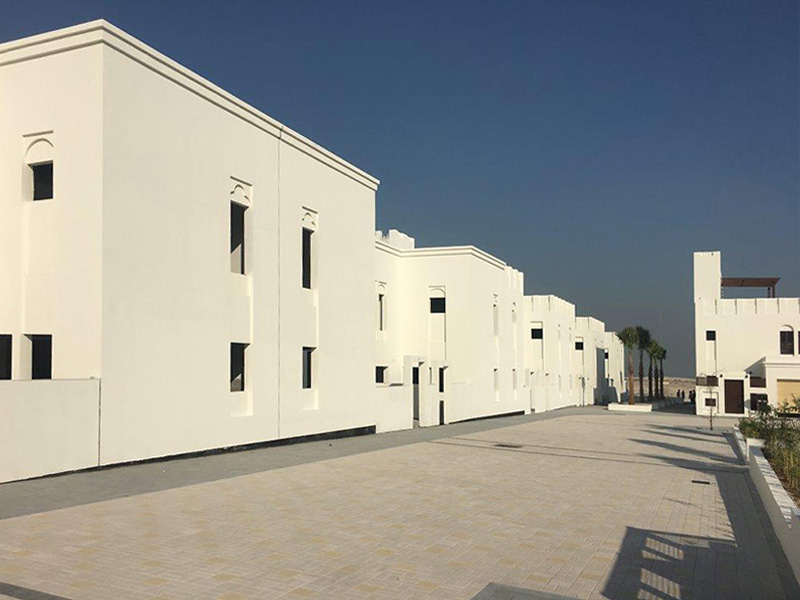Perlite is a natural fit for green building initiatives and certifications.
Green building solutions are increasingly called for to balance the world’s need for more human habitation with limited resources. It is said that buildings in the United States use one-third of the total energy consumed, two-thirds of the electricity, one-eighth of the water, as well as impacting the land. Green building initiatives consider a building’s energy use, water use, indoor environmental quality, and the materials used in its construction. In addition, it assesses the effects a building has on its site and uses this information to further sustainable solutions throughout the entire life cycle of a building.
Perlite’s versatility and usefulness have an essential role to play in contributing to different types of green building initiatives. Multiple Attribute ratings programs such as LEED (USGBC) and new building standards such as the National Green Building Standard (IgCC), encourage the use of materials and practices that prioritize more energy efficient systems and environmentally friendly materials.
PERLITE, THE PREFERRED CHOICE:
- 100% natural; produced without harmful chemicals
- Will not off-gas
- Inert and pH balanced
- Will not leach chemicals into the environment
- Is an excellent insulator
- Lightens denser materials like concrete and soil
- Promotes plant growth; reduces irrigation demand
- Can often be locally sourced
- Provides stormwater detention and filtration
- Is durable and has long-lasting benefits

Perlite cement-based lightweight insulating plaster application in a 3,000-unit residential villa project. 
Green roofs made with perlite help manage stormwater, reduce heat island effect, and restore habitat.
Scoring LEED Points
While the LEED rating system does not promote specific raw or intermediate materials, specifying perlite and products containing perlite gives planners, architects and developers an opportunity to score higher in a variety of ratings categories (summarized in the table below). Total points awarded result in the achievement of one of four graduated levels of certification (Certified, Silver, Gold and Platinum).

Thermal Performance
Perlite is an excellent insulator and is therefore prized for its contribution to Optimized Energy Efficiency and Thermal Comfort. Perlite is applied both as loose fill insulation in cavity walls and below floors, and as an alternative to sand in lightweight insulating concrete roof designs. Further points may be awarded for Low Emitting Materials since perlite is hypo-allergenic and does not off-gas volatile organic compounds.
Water Efficiency
Another area perlite contributes to LEED certification is in Indoor & Outdoor Water Use Reduction. Horticultural perlite can store trace amounts of irrigation or rainwater for later release and uptake by planting and vegetation.
Sustainable Sites
A further area of vital importance involves LEED certification points for Sustainable Sites. Perlite is used to great effect in Rainwater Management as an element in below-grade stormwater filtration solutions, and above-ground in support of landscaping and roof-top vegetation. Gardens and green roofs contribute to Heat Island Reduction, Protect or Restore Habitat for birds and pollinators, and provide people with calming Places of Respite.
Materials and Resources
Finally, Sourcing of Raw Materials and Environmental Product Disclosures are simplified when using perlite. Perlite is often available locally or can
be sourced from only a short distance away. Furthermore, perlite is free of contamination from heavy metals and harmful chemicals.
For more information, visit www.perlite.org, and the U.S. Green Building Council. Also, see info sheet “Perlite: The Versatile Mineral”
To download a .pdf of the Perlite Solutions for the Green Building Industry brochure, click here.
If you have technical questions on this topic, please email the technical contacts listed on our contact page.
Copyright © 2020 Perlite Institute All Rights Reserved
